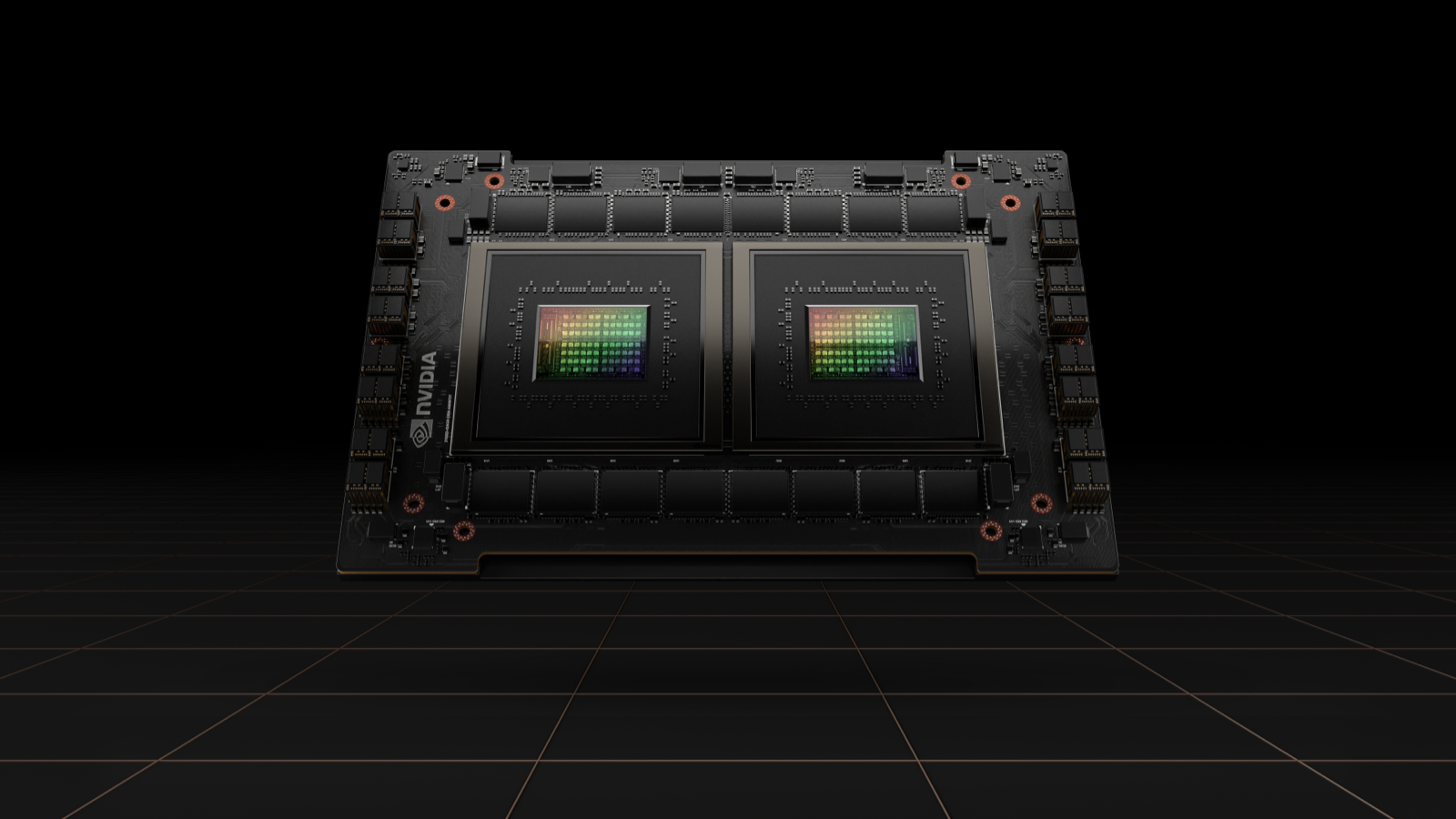Imagine a bustling, crowded dance floor. Everyone is moving, swaying, and twirling, each with their own unique rhythm and pattern. The universe is much like this—a cosmic dance floor where everything is in motion. But why?
The Big Bang
Astrophysicist Edward Gomez suggests that everything began with the Big Bang billions of years ago. This massive explosion marked the birth of our universe, propelling matter outward in all directions. The initial energy released set everything in motion, and this primordial movement has continued to shape the universe ever since.
Angular Momentum
On a smaller scale, objects in space rotate due to a phenomenon known as angular momentum. When two objects approach each other, their gravitational forces attract them. If they don’t collide, they typically begin to orbit one another. This rotational effect can be seen throughout the universe, from microscopic dust particles to massive galaxies.
Expanding Universe
One of the most fascinating discoveries in modern cosmology is that the universe is expanding. This means the space between galaxies is growing larger over time. This expansion, a direct result of the Big Bang, continues to influence the motion of celestial objects.
A Dynamic Cosmos
In conclusion, the universe is a dynamic and ever-changing place. From the initial push of the Big Bang to the ongoing dance of gravity, angular momentum, and cosmic expansion, everything in space is in constant motion. This ceaseless movement is a testament to the incredible complexity and beauty of our universe.







